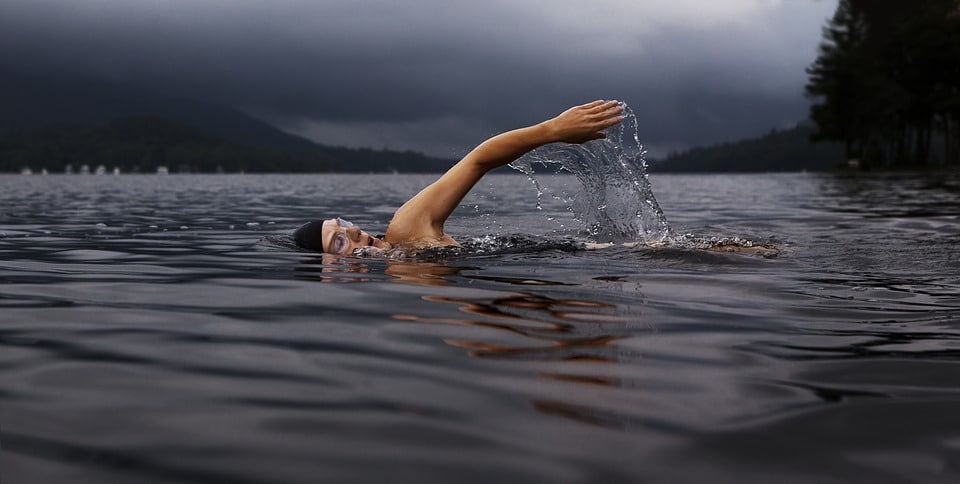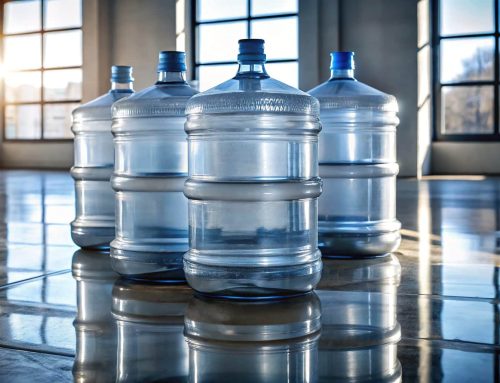As a cause of death, drowning doesn’t get half the attention it deserves, especially because it is listed as the third leading cause of injury unintentionally in the world. It accounts for 7% of injury-related fatalities, which makes up 320,000 people worldwide. That’s a lot of people. Although you can advise people to learn how to swim or steer clear from troubled water and keep their children away from water, there’s not much that can be done in the event of an accident or the act of self-harm.
Children and men are with access to swimming pools, lakes, rivers, or the ocean are most at risk for drowning according to the numbers.
A Leading Cause of Fatalities Globally
Drowning is a process that derails the body, as it causes respiratory impairment in the submersion or immersion of liquid into the body, which causes death or morbidity.
With 320,000 fatalities recorded in 2016 alone, drowning has been considered a public health concern. The accident occurs particularly in low-and-middle-income countries, accounting for 90% of all drowning cases, with over half of drownings occurring in the Western Pacific Region and Southeast Asia Region. Drownings in these regions are also 20 times higher than it is in the UK or Germany.
Drowning in the U.S. impacts the economy, as 45% of deaths are high-income earners, which also hurts the economy. Coastal drowning alone in the U.S. accounts for $273 million, and in Canada and Australia, $173 million and $85.5 million.
Risk factors of drowning include age, as it is among the top five causes of death for anyone aged 1 to 14-years old in 48 countries. In Australia specifically, it is the number one cause of death for toddlers aged 1 to 3-years old. In Bangladesh, it accounts for 43% of deaths for children between the ages of 1 and 4-years old, in China, it is also the number one cause of unintentional death, and in the U.S. the second leading cause of death for the same age group. When it comes to gender, men are more at risk of mortality by swimming than women, which is due to riskier behavior like swimming alone, intoxicated, or boating.
More risk factors include flooding disasters and traveling on water.
Buy water coolers and rent water dispensers from Living-Water in London.






